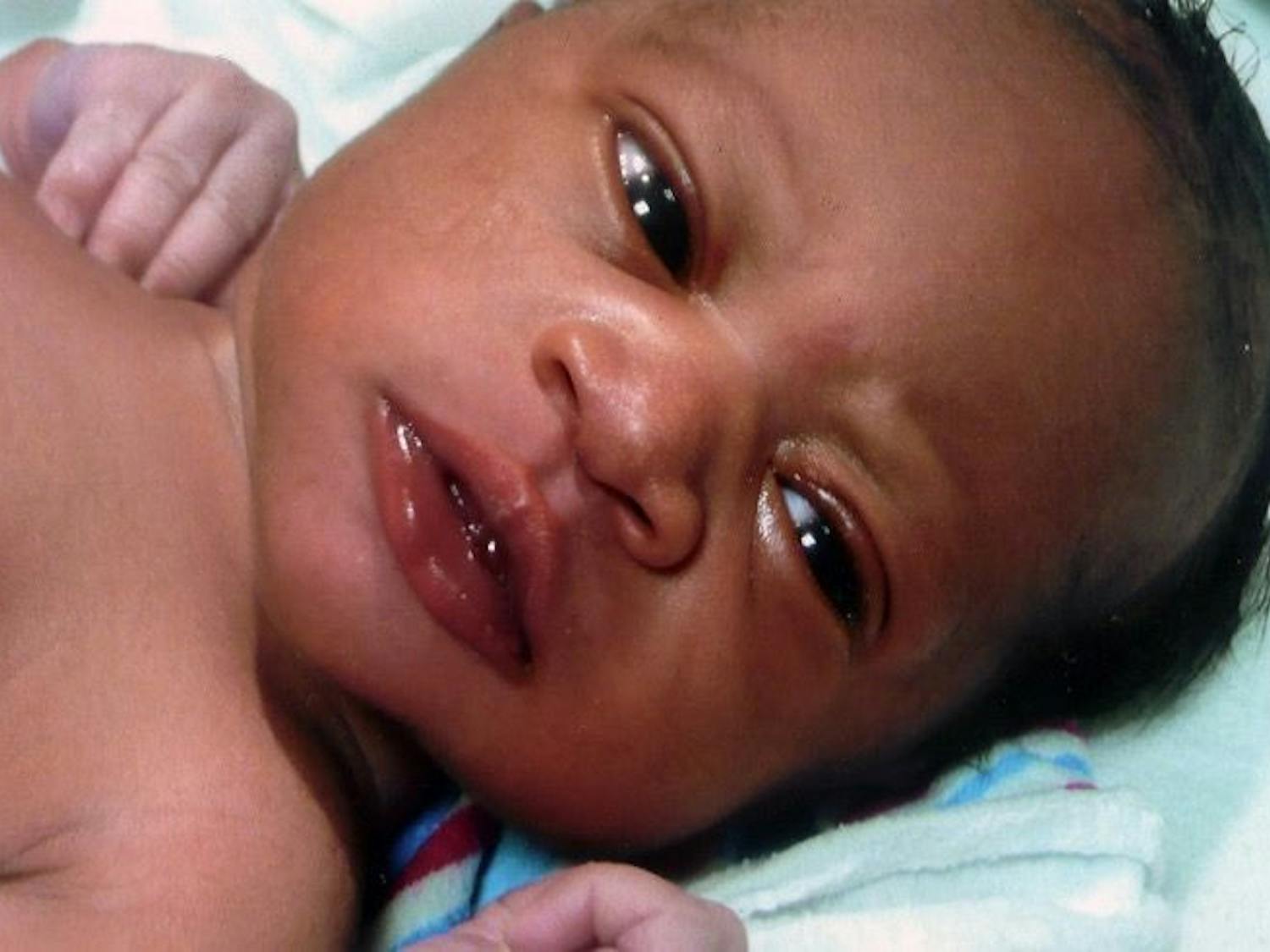The 2012 elections broke early voting records around the country with millions of Americans standing in line to cast a ballot, some for hours.
Even though the president for the next four years has been decided, some people still don't know how their ballots are counted in the election process.
The Electoral College is a process used to choose the president and vice president of the United States and consists of 538 electors who cast votes. The number of electors per state is determined by the number of members in the House of Representatives for each state plus the two senators per state. Three electors are given to the District of Columbia.
How electors are chosen varies from state to state.
In order to win the electoral votes for a state, candidates have to win a majority of the Electoral College, said Lisa Huffstetler, instructor in the political science department in the University of Memphis. Presidential candidates need 270 electoral votes to become the next leader of the country.
"The original intention of the founding fathers was the Electoral College was supposed to be a safeguard on democracy, but what if the ignorant masses voted on somebody unqualified?" she asked. "They didn't have any example to follow."
The electoral votes are supposed to be determined by the number of votes each candidate receives in each state by U.S. citizens who voted.
"So if Romney gets 51 percent of votes in Tennessee, and Obama gets 49 percent, Romney gets all 11 electoral votes," Huffstetler said.
The only two states where this rule does not apply are Maine and Nebraska where electoral votes are split by popular vote.
"Romney would get six electoral votes and Obama would get five," if the above example were true and Tennessee split its vote, Huffstetler said. "In most states it's winner takes all."



